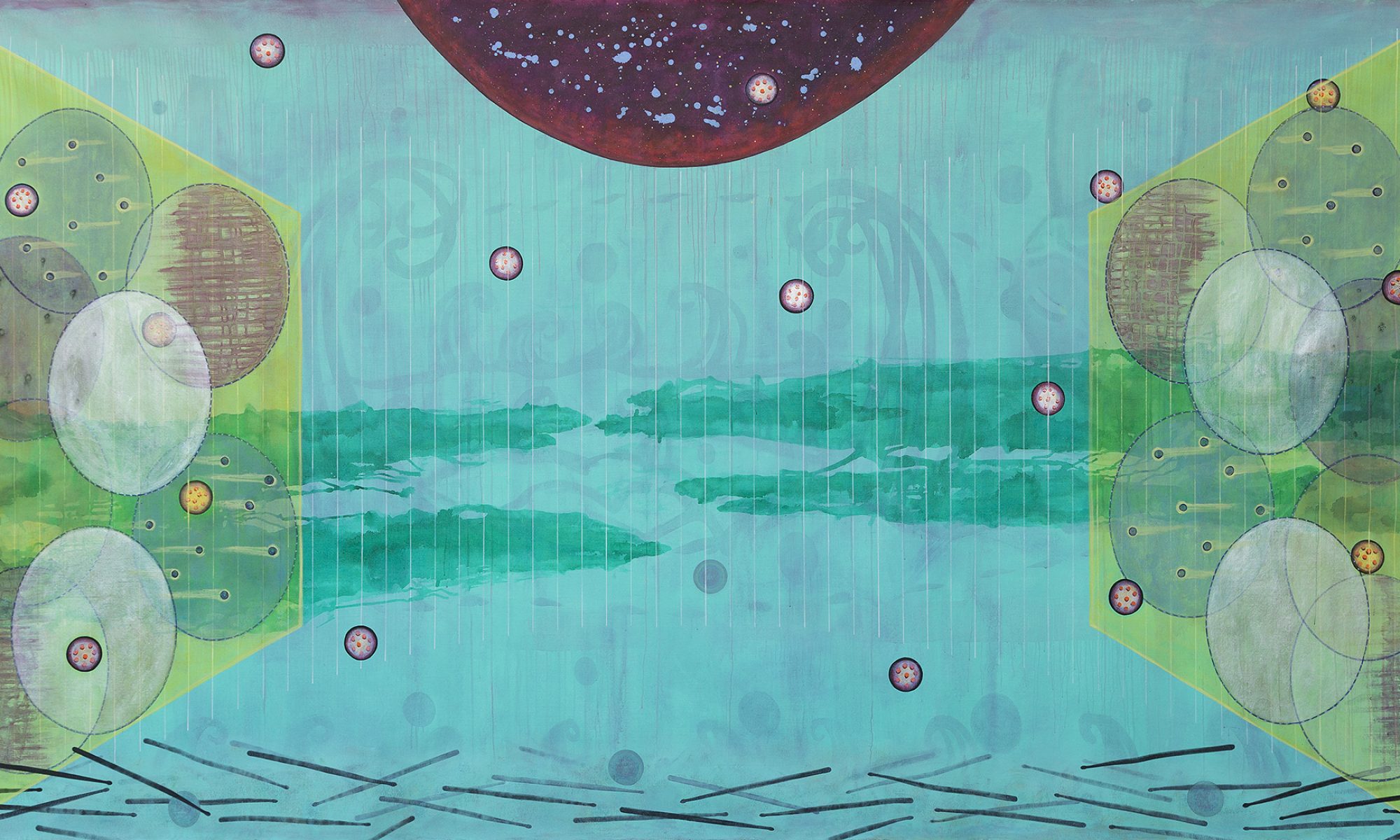
In the historiography of Black sonics we have umpteen examples of music. In the role of initiator, motivator, propaganda tool and weapon, with its accompanying creators being beautified, martyrised, lionised and in many cases sacrificed, music is as old as humanity. The power of music in the context of rallying communities around a manifesto or creed reaches back to the resistance movements formed at the onset of Colonialism throughout the African continent and transported to the Transnational African Diaspora.
The osmosis of resistance due to insurmountable chapters of confrontation on the journey has amplified the canon of black sonicity to a degree not witnessed by any other marginalised cultures. The insurmountable decibels of violence meted out onto the black body from the onset of the Black Atlantic slave trade to the present racial profiling and constant police brutality has long done peaked the epic meter scale. In 2013, in response to the acquittal of George Zimmerman, the murderer of seventeen-year-old African American Trayvon Martins, the #BlacklivesMatter movement was formed. Black Lives Matter has raised a global awareness of the continuing mortalities befallen on Black folk by overzealous police departments in the USA and other geographical locations in the Transnational African Diaspora (there exists many other grassroots organizations combating the various violent problems that plague the community).

This catastrophic systemic plantation violence has been passed down from generation to generation. Domestic violence and its various violent off-shoots are an ongoing subject in Black music genres from the Blues to R&B, Hip Hop, Dancehall, Grime and Afrobeat. Which brings us to the other focus of this post: In 1977, the Nigerian military raided the Kalakuta Republic, the residence, recording studio and commune headquarters of Nigerian musician, vocalist, composer and activist Fela Anikalapo Kuti (1938-1997). The raid was in retaliation to the lyrical contents in the Fela Afrika 70 album Zombie, which was a smash hit and scathing attack on the Nigerian government and its military oppression on the Nigerian people. The property was ransacked, the on-site recording studio equipment and master tapes were burnt, Fela was severely beaten and his elderly mother, feminist-activist Funmilayo Ransome-Kuti, was fatally thrown from an upper-floor window of her house, which was situated opposite Kalakuta. Fela responded by sending his mother’s coffin to the Dodan Army Barracks, Lagos – the official residence of General Olusegun Obasanjo – and composing two songs: Coffin For Head of State and Unknown Soldier. The songs referred to the official inquiry that claimed the property had been destroyed by an unknown soldier.
Fela’s main axe, another name for a musician’s instrument, was the tenor saxophone. This was his weapon: the weapon with which he co-preached his Yabbies, along with his often caustic lead vocals cushioned by his female background vocalists – referred to as his Queens – who, resplendent in costume and face paint, chanted in circular call-and-response patterns. Fela’s saxophone style can be located somewhere within the King Curtis – Albert Ayler zone – not smooth like Curtis, but nonetheless wading in those R&B waters. His approach to Jazz was not of the Bebop or Straight-ahead styles, but more in the Crusaders, Roy Ayers camp. Fela’s tenor tone is a plethora of grating squeak spluttering fragility. At times his solos feel like they’re literally going to fall apart, but they don’t. This fragility becomes an integral element of his multiple strengths.

Fela was the principle pioneer of the music genre Afrobeat, a term he coined in 1968. Afrobeat is a fusion of Fuji, Highlife, Jazz and Funk music. In 1958, Fela’s parents sent him to London to study medicine, like his sister and two brothers, but he opted for music and attended the Royal college of Music in London, studying trumpet. On his return to Nigeria he moved to saxophone, he also played electric keyboards. On stage he was accompanied by a large ensemble of musicians and dancers and the majority of his songs were sung in Pidgin English, enabling most Nigerians and a larger global audience to understand the messages in his lyrics. He remained a Pan-Africanist and militantly outspoken opponent of marginalisation of the underprivileged and the politically oppressed. In 1978 he created his own political party, MOP (Movement of the People) and in 1979 audaciously attempted to run for president of Nigeria, but his candidature was refused. Four years later, Fela stood for president once again but was prevented from campaigning by the police, who raided his home, beating and imprisoning many of his friends and followers.
Fela, like Robert Nesta Marley and others in the canon, epitomises the Black musician, vocalist, activist who composed music as a socio-political weapon. Outspoken, resonating Black bodies of resistance, rallying against oppression, the ongoing oppression which is firmly rooted in colonialism.
‘Coffin For Head of State’ (1981), Fela Kuti. From the LP Coffin For Head of State (CD release 1997). http://fela.net/discography/. As posted on Fela’s official YouTube channel (http://www.youtube.com/fela).


